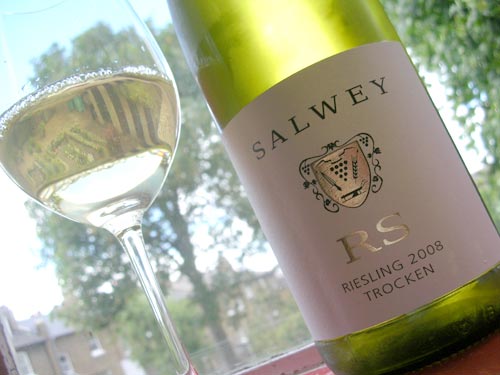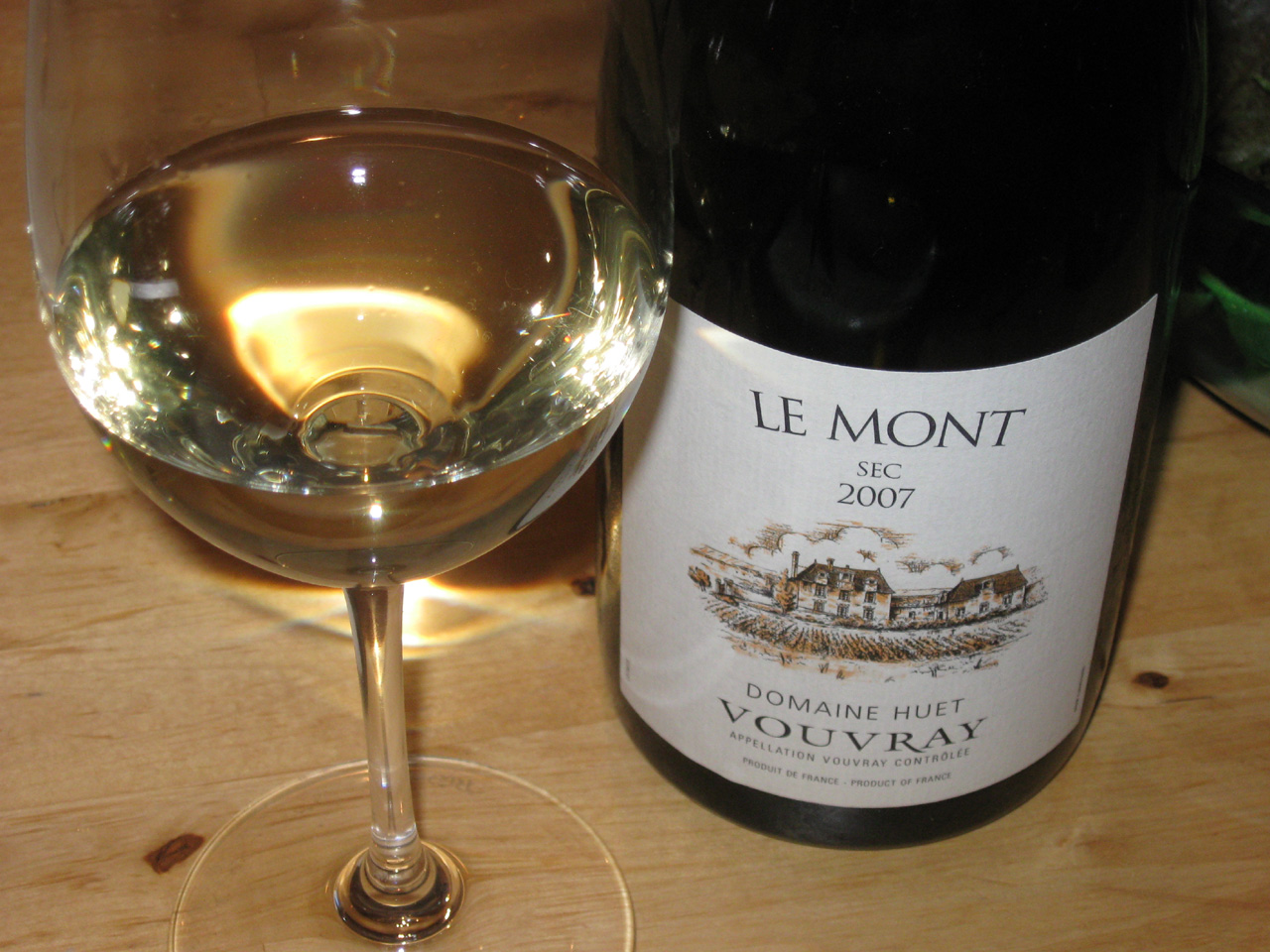Salwey, Riesling RS trocken, 2008
If it comes to the Salwey winery, we have so far mostly sampled their range of excellent Pinots - Noir, Gris/Grigio and Blanc. Located in the warmest area of Germany, the volcanic Kaiserstuhl in the South West, the Salwey vineyards are very well suited for growing Pinot. As it turns out, they also make good Riesling there, and I had one of them recently with a nice piece of fish and English asparagus.










